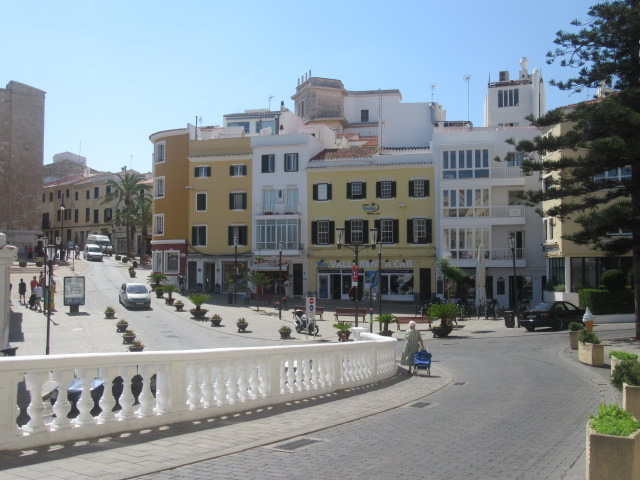Christmas seems to come around faster each year and before I know it I am planning for what the New Year might bring. I truly hope you have quality time with family and friends and the chance to kick back and relax over the holiday break.
Thanks, so much, for reading my blog this year. Knowing I have readers all over the world is a great incentive to get out and do interesting things to write about. So, thank you, thank you, thank you!
With love, Miriam
 | |||||||||||||||||||||||||||||||||||||||||||||||||||||||||||||||||||||||||||||||||||||||||||||||||||||||||||||||||||||||
| This is my local beach. The pohutukawa, is known as the New Zealand Christmas tree because it blooms at this time of year. |
 | ||||
| Christmas is, above all, about family. Here is my precious little Christmas angel |
 | ||||||
| My grandson helps set up the nativity scene |
 | ||
| Because you're never too old! I asked Santa for a Ferrari...he just laughed! |













































